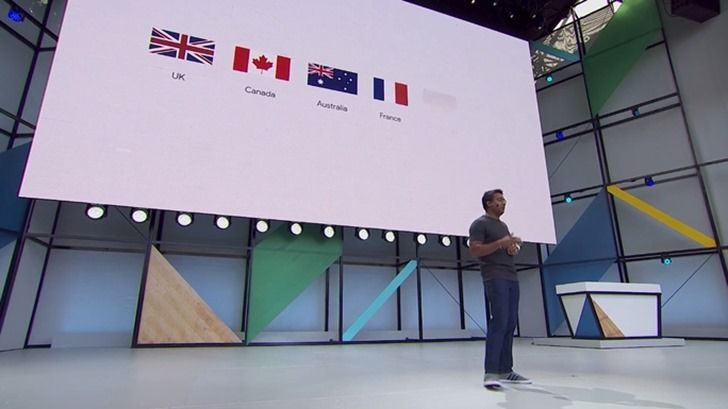latest
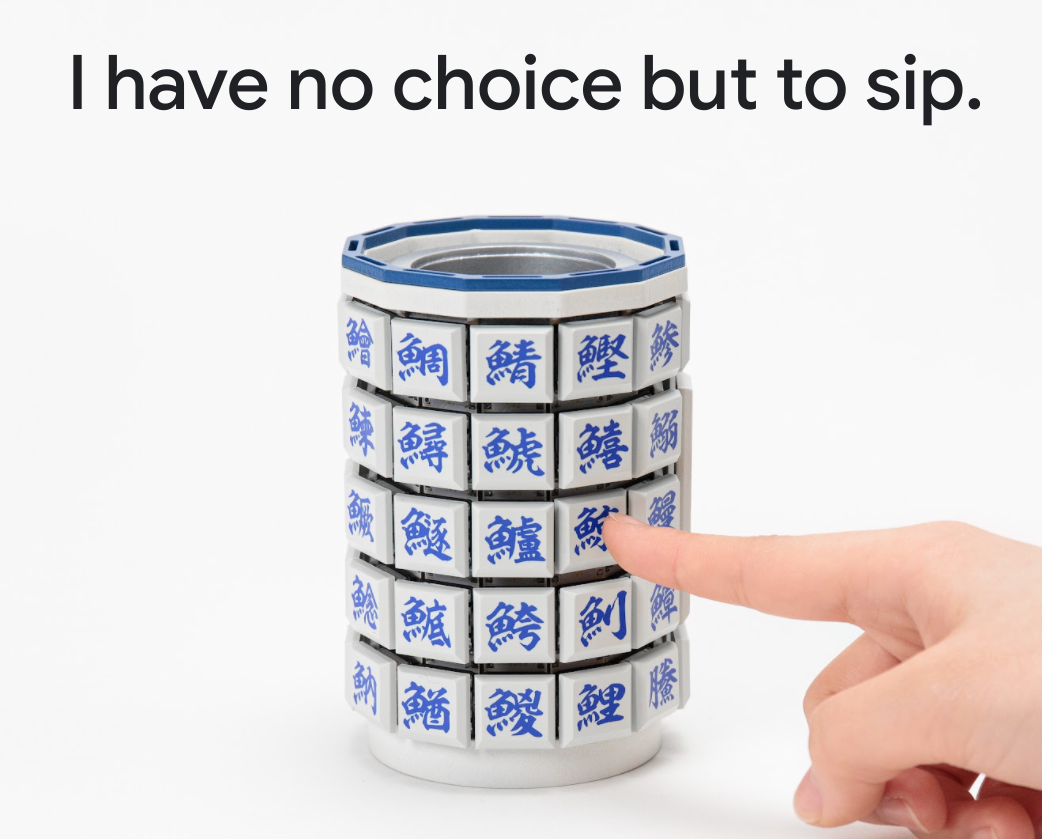
In Japan, Google has put on a fishy gag to celebrate a major tea ceremony while also getting back into April Fools' spirit despite this day being 6 months out of place.
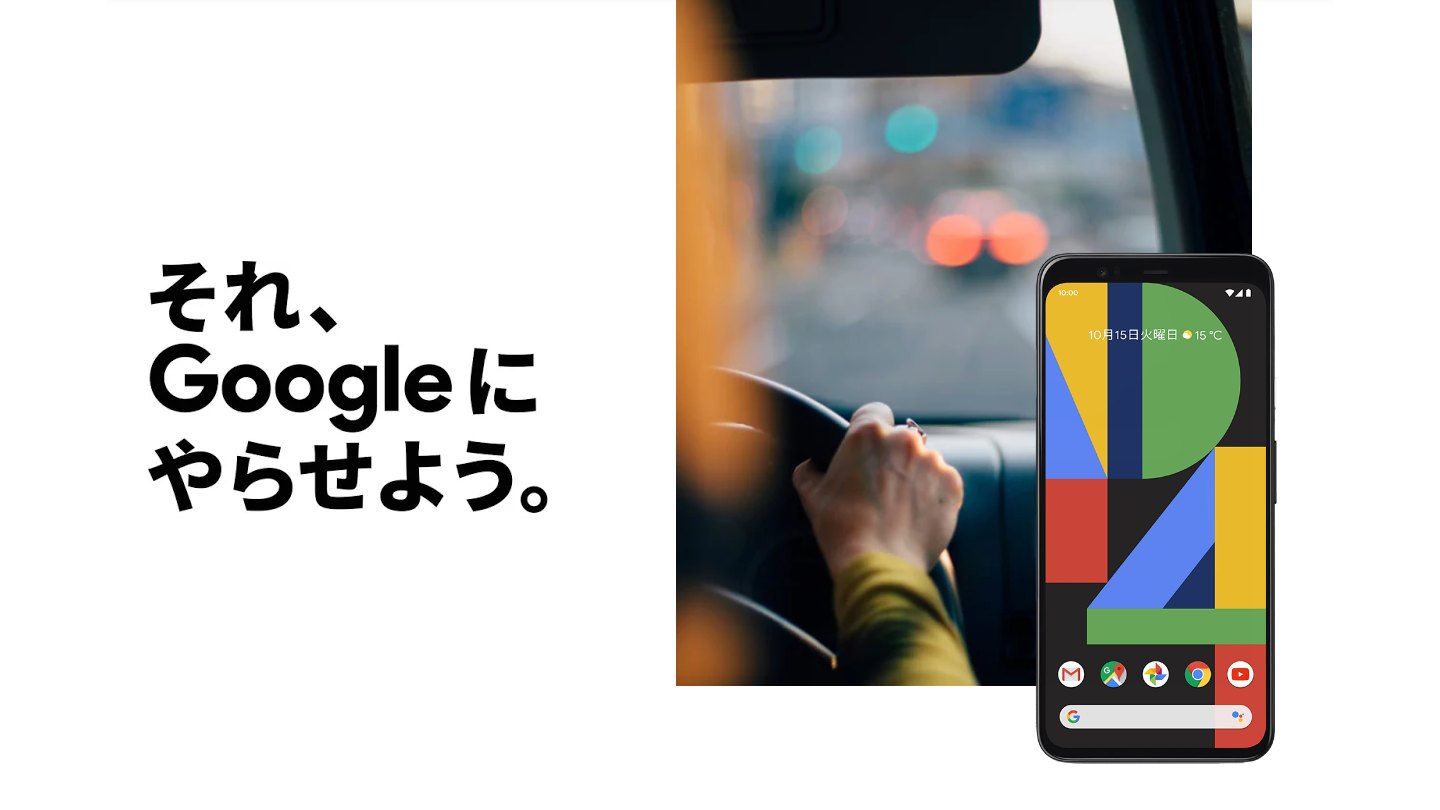
At launch, the new Google Assistant on the Pixel 4 came with several limitations. Beside requiring the Pixel 4, it didn't work for those who have a G Suite account on their phone, required gesture navigation, and didn't support multiple languages, but worse yet, it was limited to US English only. With time, some of these obstacles were removed, like the navigation requirement, and we've seen the addition of more English variants. Now, the new Assistant is going beyond English for the first time, with official support for Japanese.
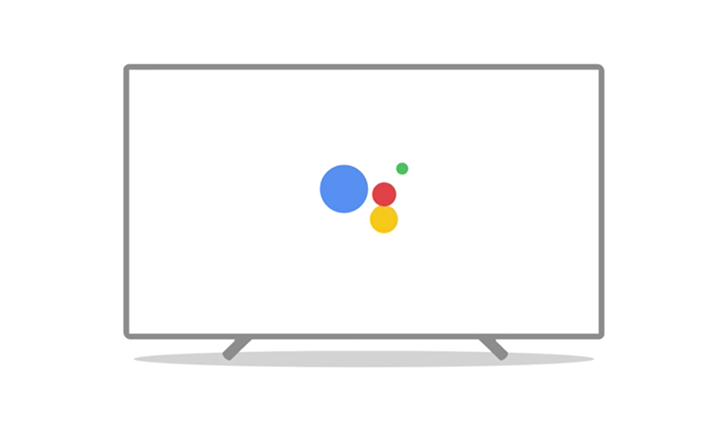
Google Assistant isn't only available on Android TV, but also on select television sets with other operating systems. For example, it's quite capable on recent LG devices. However, in contrast to the Assistant on phones and smart home gadgets, language support is relatively limited on TVs. That's why it's nice to see that Google has added support for Italian and Japanese on devices without Android TV.
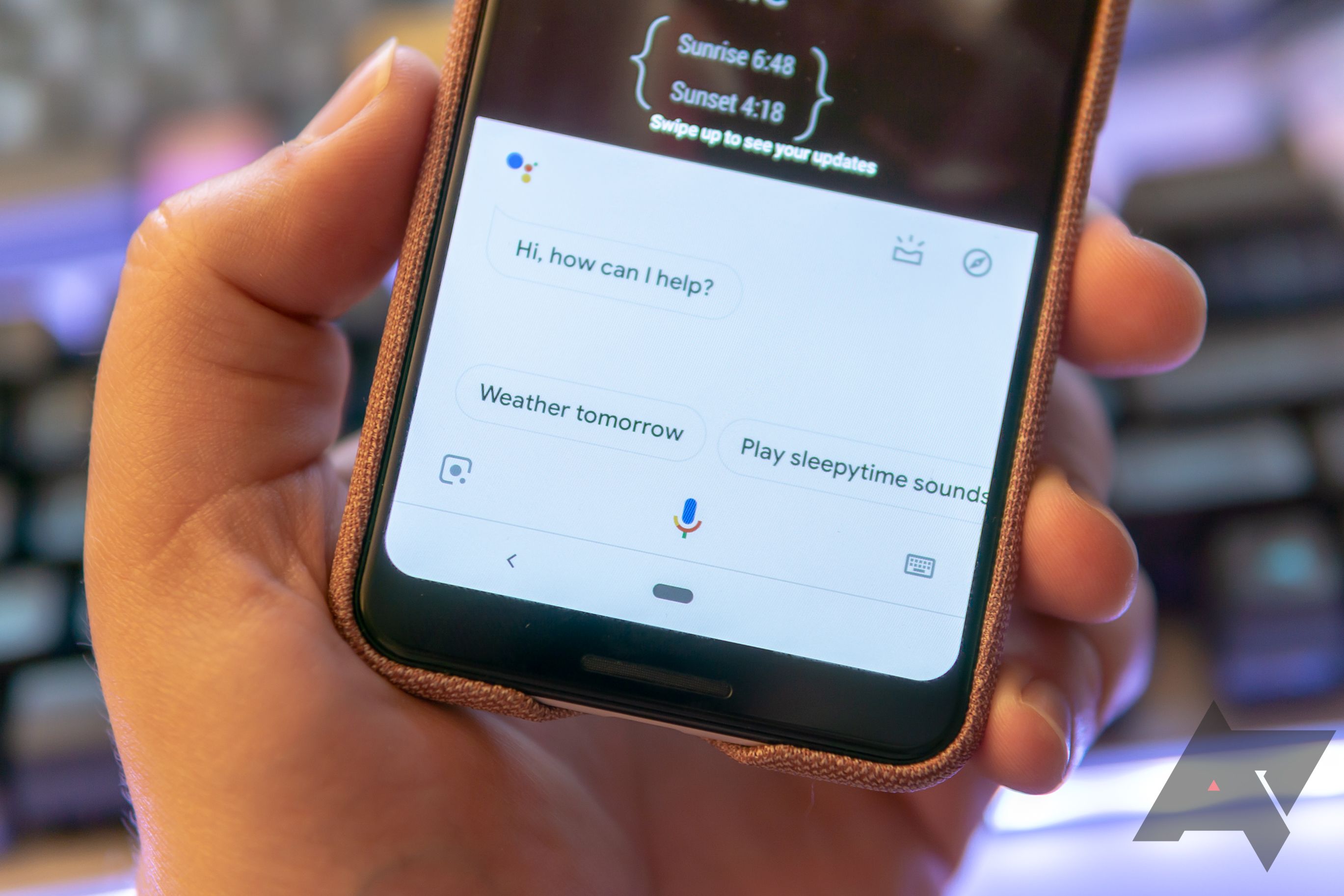
Google Assistant is an incredibly powerful tool in the US, and as of late, the personal helper is getting better all around the globe with an ever-growing number of supported languages and actions. This goes hand in hand with Google's recent announcement that it wants to massively expand Assistant all over the world, which has already led to a plethora of new and improved languages. Now, another round of updated and new voices have arrived for even broader international support.

Google has added support for Japanese in Lens, following it being available in Korean for some time (which appeared sometime last summer). In case you didn't know, Lens is basically the successor to Goggles from way back in the day. It uses your camera to gather contextual information on what you're looking at, letting you do a variety of things from translate street signs to shop for something you saw.
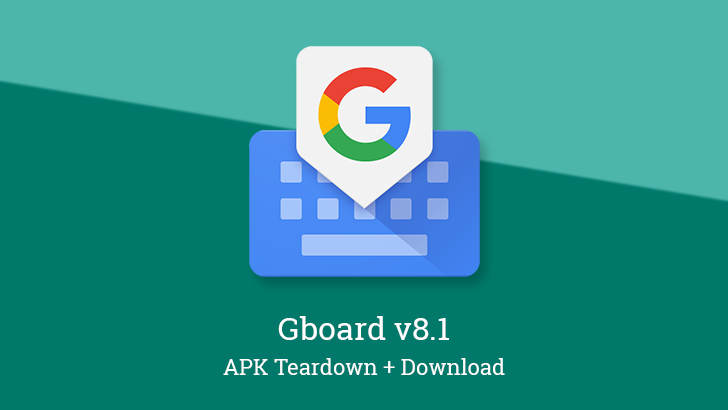
The latest update to Gboard is making the rounds, and this one appears to be taking another stab at enabling the clipboard manager. Meanwhile, this update also sets the stage for additional features to be added to the overflow menu, an improved Japanese keyboard, a Pixel-specific theme, and more.
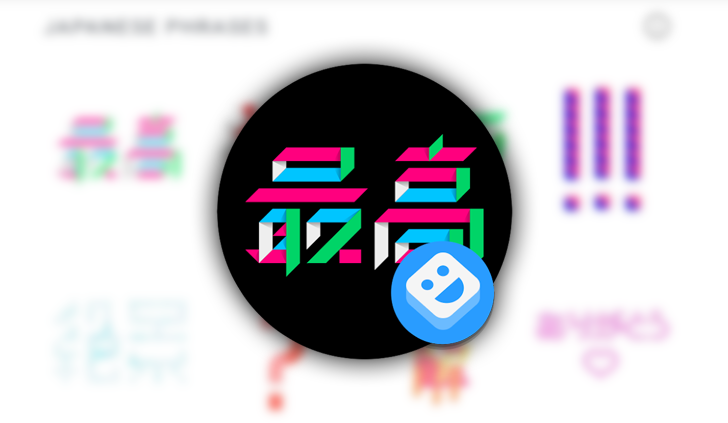
Google isn't showing any signs of slowing down with its AR emoji venture, now called Playground or Playmoji. Just last month, the new Childish Gambino set dropped and a couple of days ago Cody discovered signs of the app working on AR shopping, animals, answers, and something related to International Women's Day. Now a new set has surfaced, this time for Japanese phrases.
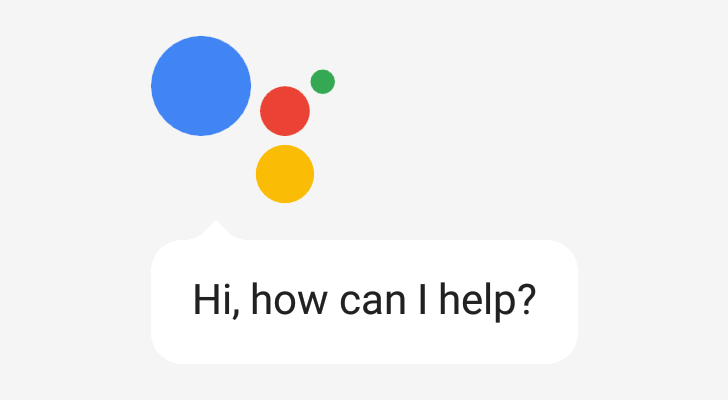
Read update
- According to an update made to the Language and Locale Support section of the Actions on Google documentation site, these new higher-quality WaveNet voices will start to roll out on March 4th. The new voices provide users of the Actions on Google platform with voices that meet or exceed a 3.6 mean opinion score (i.e., which provide better perceived quality than the previous TTS voices used).
As with most of Google's products, Assistant is an incredibly powerful tool in the United States, but its functionality is limited in other countries. This is understandable, since there are dozens of other major languages worldwide with countless dialects, and speech recognition for each variation can take a while to develop. At Mobile World Congress, Google announced a massive expansion for Assistant's language support.
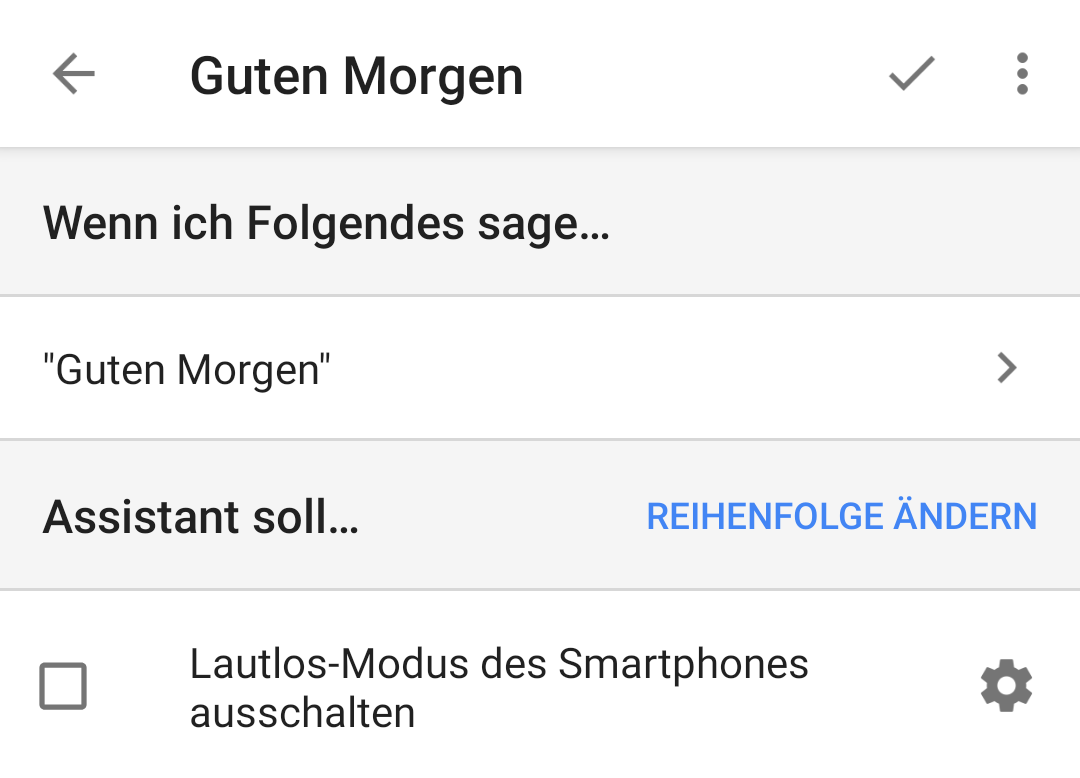
Google Assistant routines can save you a lot of time by executing multiple commands in succession after you say a simple sentence. They started off as "My Day," which brought a simple morning routine, but then multiple routines were enabled, as were custom routines, and finally scheduled routines. But until recently, they were only officially available if you set your Assistant to use English (US). Now, they're supported in many more language/country combinations.
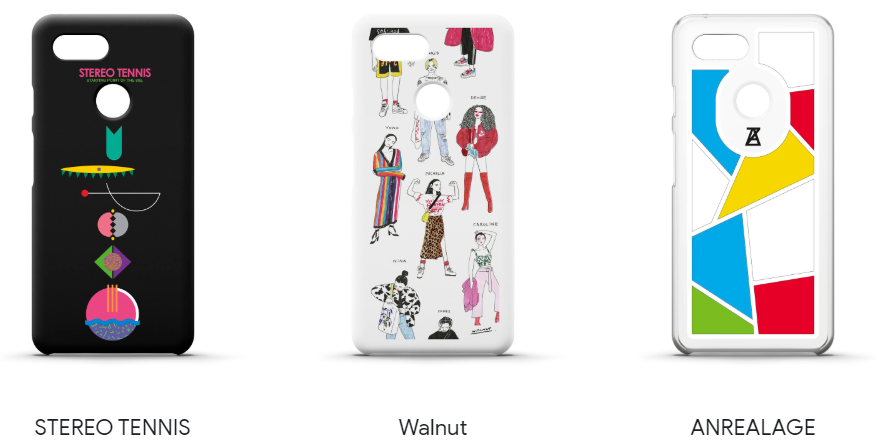
Google's first-party cases might be a bit on the chunky side, but they're nice enough to make up for the added thickness, and customers in Japan will be getting an extra benefit with their phone protection. Google's doing a whole collection of regionally exclusive (and super snazzy) cases for the country, and they come with their own AR experiences.

Your Google Assistant is bilingual starting today — at least, for any pair of six specific languages
Google's Assistant has been making great strides in both functionality and speech recognition since its original release in the far off year of 2016. In fact, Google says that it has improved so much that, starting today, it can recognize two different languages interchangeably. Your Google Home is now bilingual, something no other digital assistant can do — at least, since Google's other assistant, Google Now. But there is a caveat: it supports only two languages among a list of six.

Gboard—the virtual keyboard app from Google—has received an update adding support for 40 additional languages, including Japanese. Although Google has long offered a separate input method for Japanese and other languages which do not have a writing system based on Latin script, support for additional languages has been added in gradually since Gboard launched on Android in December 2016. With this update, Gboard now covers over 120 languages.
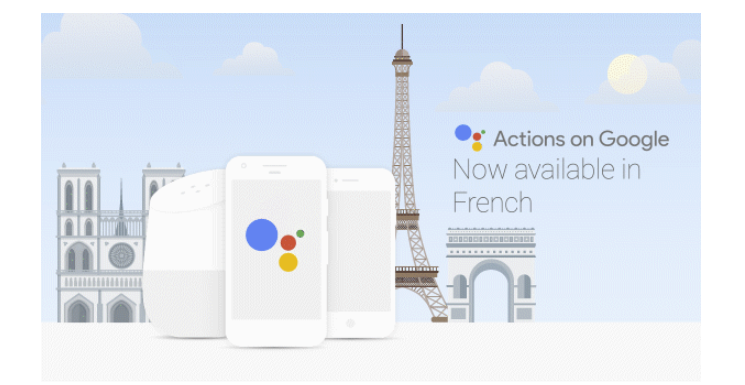
I'll be honest, I'm having trouble keeping track of the distinction Google seems to be trying to make between "Apps for the Google Assistant," "Actions on Google," and the Google Assistant. I get that the ambiguous double name for the former expands the capabilities of the latter for developer use. But, frankly, the difference in marketing seems entirely unnecessary and overly confusing, both for consumers and for myself.
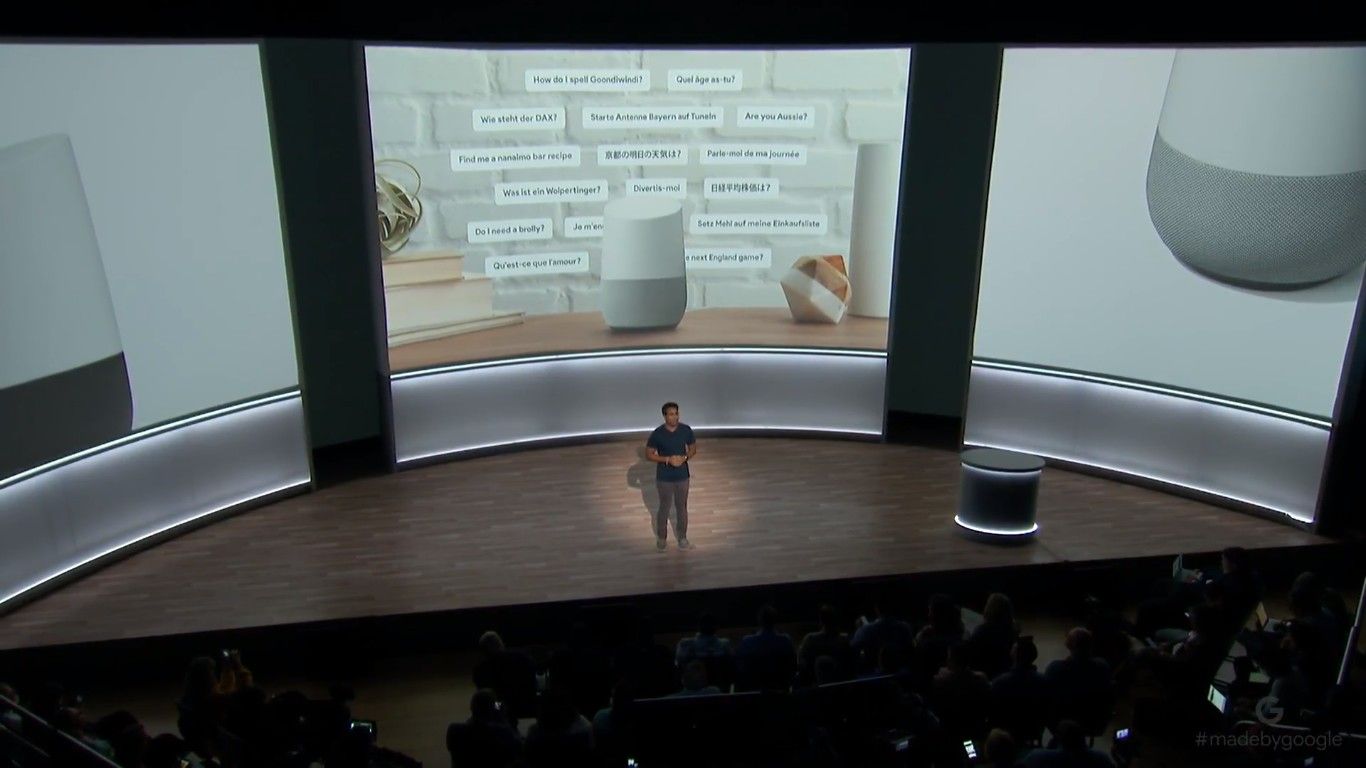
Home-related news continues. Google has just announced at its event that Google Home will be coming to Japan next week. The company originally made the promise back at I/O, but now we've got a definite timeframe. Looks like they just missed the original "end of summer" expectation.
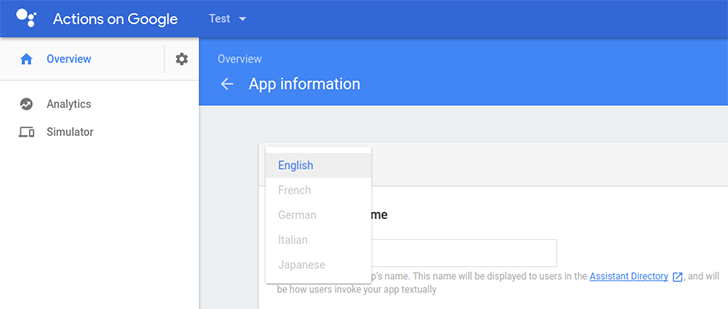
Google doesn't make things very easy for us to explain or for users to understand. For example, while Google Assistant can speak English, French, German, Hindi, Japanese, Portuguese, and Spanish in Allo, it can only speak US English on Android phones but it can talk in different English dialects plus German on Pixel devices. Oh and it supports English, French, and German on Google Home. To make matters even worse, the third-party developer branch of Assistant, Actions on Google, only works in US English now but Google is implementing more languages and we already know British English will be supported next.
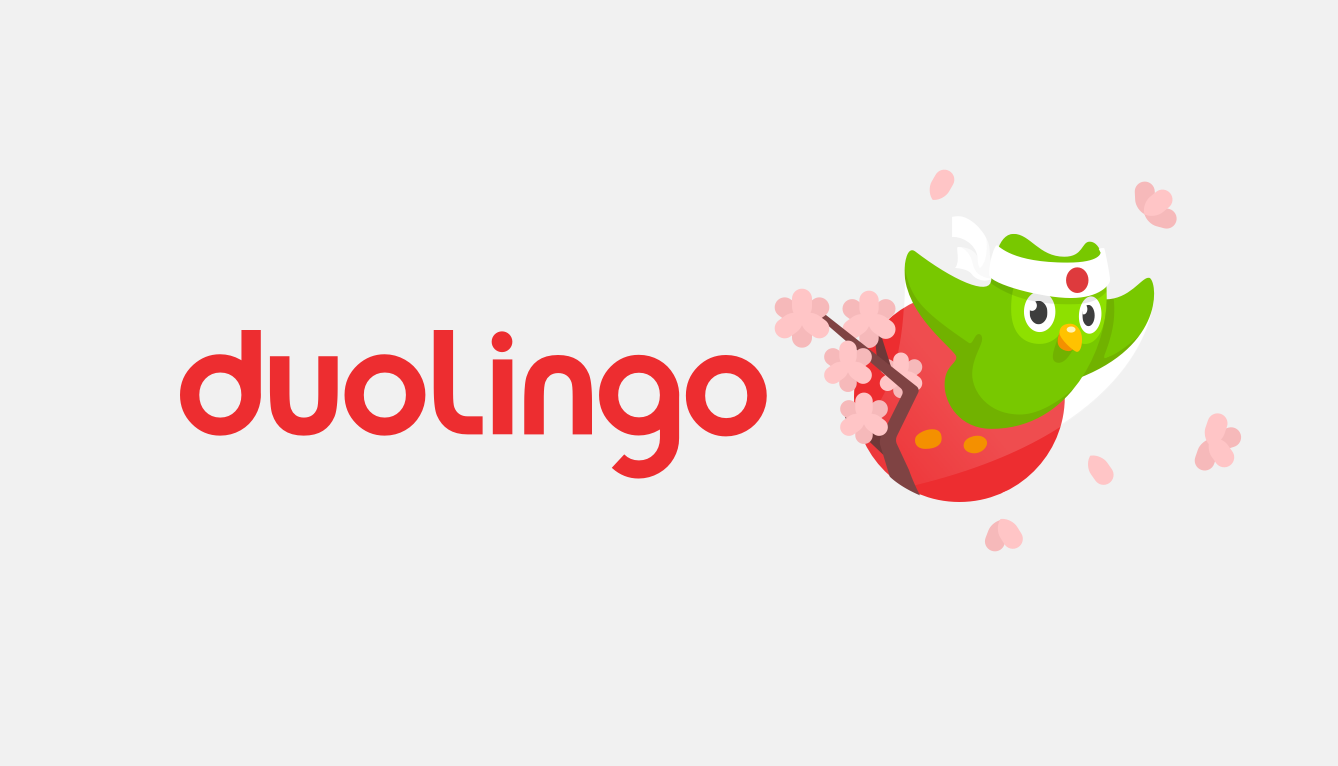
Duolingo is the most popular language learning app on Android with over 50 million downloads. It already supports a myriad of languages including Spanish, Swahili, and French. Duilingo has started rolling out a much anticipated new language to Android users: Japanese.
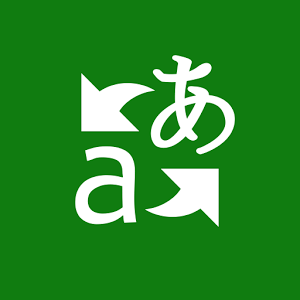
Microsoft Translator is the company's cloud-based translation service, primarily geared towards business use. With the latest update, version 3.0.183, the Android app now supports Japanese voice translation.

The recently-released Dandy Dungeon is a free-to-play dungeon crawler that offers an increasingly unique and quirky story with solid gameplay, which is all set on top of adorable pixel based graphics.
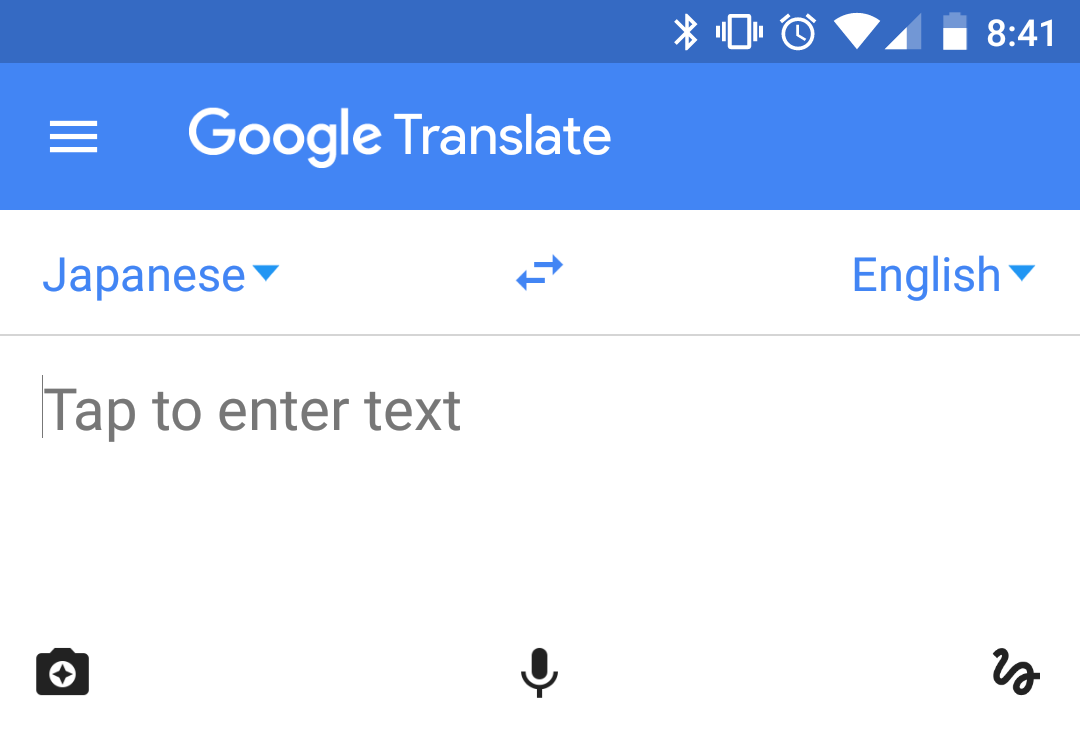
Read update
- Google has published a blog post announcing the feature, adding that it's also now available on the iOS app.
Google Translate's live camera translation feature is still one of the most impressive features I've seen in a mobile app, and one of the most convincing reasons that Google Glass should be resurrected. Google Translate's 5.7 update, in addition to fixing a sharing bug with Facebook Messenger, adds support for instant English to/from Japanese translation via the camera.









